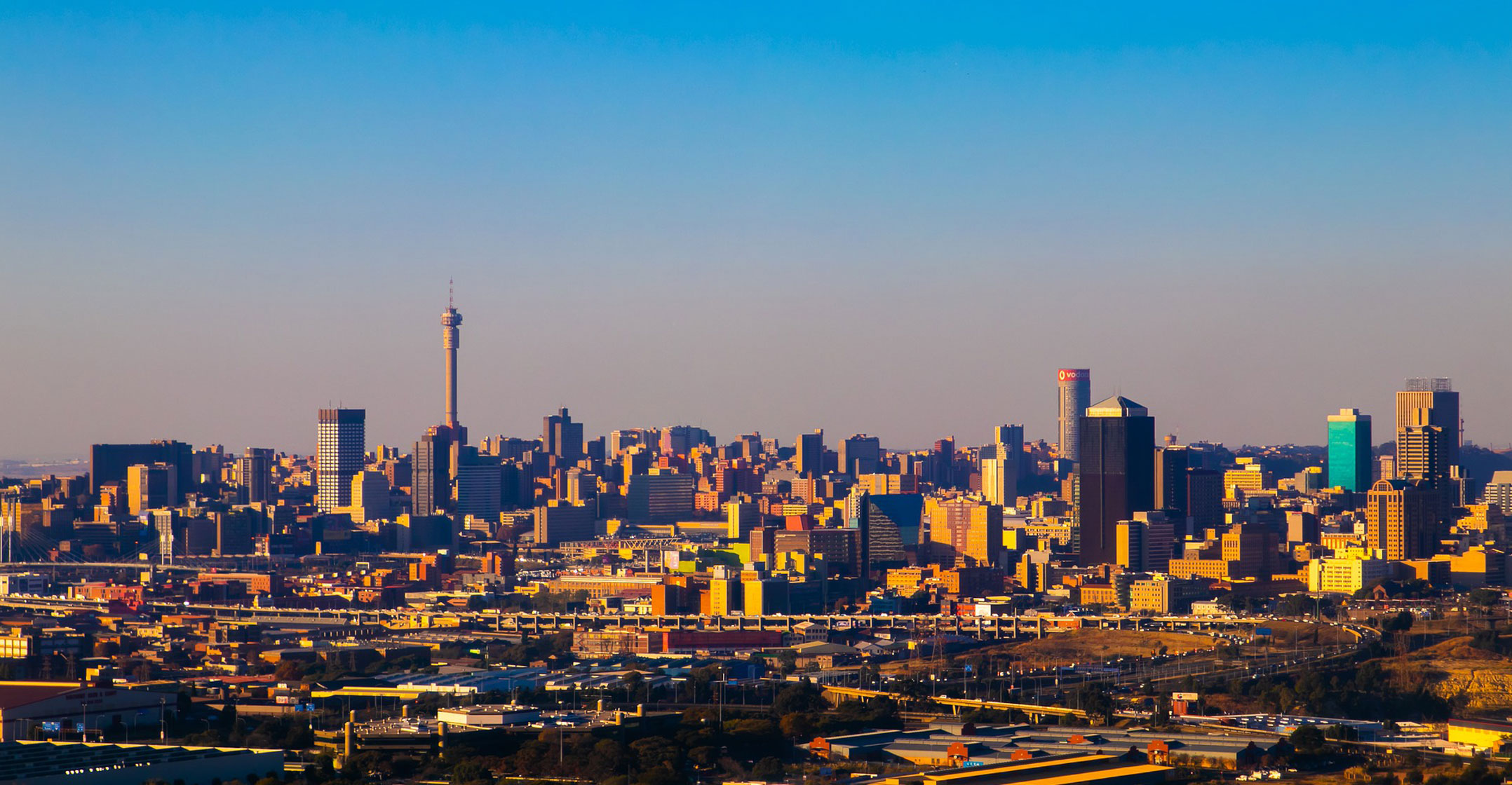 As Eskom shifted from stage 1 to stage 2 to stage 4 load shedding and then back to stage 2, then stage 3 this week, the impact on Johannesburg’s City Power grid has been chaotic.
As Eskom shifted from stage 1 to stage 2 to stage 4 load shedding and then back to stage 2, then stage 3 this week, the impact on Johannesburg’s City Power grid has been chaotic.
On Wednesday (9 June), City Power had nearly 6 000 logged calls, with just under 800 open work orders across 60 repair teams. By Thursday morning, the number of logged calls was in excess of 6 500, with over 1 100 open work orders.
The city had fewer than 50 teams available, including contractors. More than half the open calls had been logged over 24 hours prior. (Calls are a somewhat problematic indicator as this relies on customers actually logging any faults, but this is the data City Power has.) By 2pm on Thursday, the number of open work orders exceeded 1 200.
The city tracks known faults at mini-substations or on cables and the areas most impacted are Reuven (Booysens), Roodepoort and Hurst Hill depots, with more than half the current issues. On Thursday morning, City Power confirmed it was attending several outages in Randburg, affecting Boskruin and parts of Bryanston. Its Twitter feed is a near-constant stream of automated outage notifications across the entire city all week. (Given the interconnected nature of the network, on Thursday there were also network faults on areas of Johannesburg which Eskom supplies directly).
Frustrations
Ward councillors bear the brunt of residents’ frustrations, but their ability to get city entities or depots to attend to issues is limited. They escalate issues and attempt to get feedback as far as possible, as this excellent piece by Johannesburg ward councillor David Potter explains. They cannot force city entities to respond to issues.
That the city is effectively being run on dozens of WhatsApp groups — relied on for coordination between various entities, teams, managers and depots — should be worrying. There is no real system in place.
There have been issues plaguing suburbs including Blairgowrie, Bordeaux, Ferndale, Northriding, Honeydew and Wilgeheuwel, with power simply not coming on after load shedding. This requires customers to wait between one and three hours for restoration. In stage-4 load shedding, this could result in parts of the area being without power for long stretches (scheduled load shedding, delays in restoration and then scheduled load shedding again). There are localised faults, too, causing some customers to be without power for days.
 One mini substation in Blairgowrie caught fire on Monday night. City Power repaired it on Wednesday and it caught fire again on Wednesday night when power was restored. It goes without saying that electrical distribution equipment is not designed to be switched on and off constantly.
One mini substation in Blairgowrie caught fire on Monday night. City Power repaired it on Wednesday and it caught fire again on Wednesday night when power was restored. It goes without saying that electrical distribution equipment is not designed to be switched on and off constantly.
Last week, an oil leak at the Eskom transformer and cable fault at Brynorth substation saw parts of Bryanston without electricity for around 30 hours. Supply was restored on Friday evening after all-day repairs.
An R18-million upgrade to replace the 11kV feeder board at this substation was due to start in March this year but City Power says it only has R8-million in its budget for this, together with R4-million which will be recovered from the insurance claim which was submitted following the explosion in 2019. This leaves a shortfall of R6-million. Neither the procurement process nor the upgrade has started.
This type of issue is not unique to Brynorth. The majority of the current issues on City Power’s network stem from grids tripping after restoration. When restoring power to areas, the load could exceed capacity which results in the trips. This is why power sometimes comes on for a minute and then trips. City Power then has to dispatch operators to restore power manually. This process requires partial restoration and seeing which parts of an area’s network holds.
Cable faults between substations cause additional issues, with operators then requiring to “back feed” supply from other parts of the network. This has the risk of overloading other parts of the network, leading to yet more trips. And sometimes there are trips on the Eskom intakes into the City Power grid. This is even more complex to resolve as it requires technicians from both City Power and Eskom’s distribution division to attend to the problem.
Delays
It’s understood that City Power does not have enough operators to manually operate its network during load shedding. The limited number of operators have to attend to multiple issues in different parts of the city, resulting in delays in restoration.
It is also believed the city’s call centre that takes calls on behalf of City Power and Johannesburg Water goes offline when there is load shedding in that area. The city has not ever confirmed this.
There are several knock-ons of this instability across City Power’s grid. Most worrisome are the effects on Johannesburg Water, where certain pump stations and pumps are unable to operate during load shedding which has the potential to cause issues at city reservoirs.
 Hurst Hill supply challenges (which have affected, among others, Helen Joseph Hospital and Rahima Moosa Mother and Child Hospital), partly as a result of electricity supply issues, are well known. Bryanston reservoir was also affected by last week’s Brynorth outage.
Hurst Hill supply challenges (which have affected, among others, Helen Joseph Hospital and Rahima Moosa Mother and Child Hospital), partly as a result of electricity supply issues, are well known. Bryanston reservoir was also affected by last week’s Brynorth outage.
There are also isolated reports of certain fibre outages linked to load shedding. Backup supplies such as UPSs and generators cannot keep the network up in badly affected areas forever.
And businesses? Those without backup supply simply can’t (and don’t) trade during load shedding. This is the real impact, something which the city and Eskom seldom even acknowledge.
- This article was originally published on Moneyweb and is used here with permission




